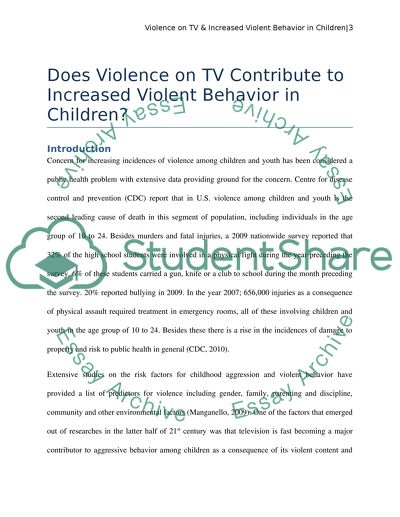Cite this document
(“Violence on TV & Increased Violent Behavior in Children Research Paper”, n.d.)
Retrieved from https://studentshare.org/psychology/1450563-violence-on-tv-increased-violent-behavior-in-children
Retrieved from https://studentshare.org/psychology/1450563-violence-on-tv-increased-violent-behavior-in-children
(Violence on TV & Increased Violent Behavior in Children Research Paper)
https://studentshare.org/psychology/1450563-violence-on-tv-increased-violent-behavior-in-children.
https://studentshare.org/psychology/1450563-violence-on-tv-increased-violent-behavior-in-children.
“Violence on TV & Increased Violent Behavior in Children Research Paper”, n.d. https://studentshare.org/psychology/1450563-violence-on-tv-increased-violent-behavior-in-children.


